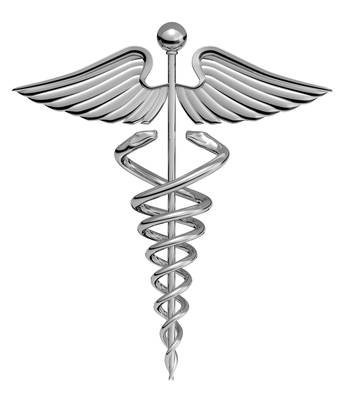Few people understand what the U.S. Preventive Services Task Force does, but it is critical for public health in America. From cancer screenings and preventive medicines to counseling and rehabilitation, this little-known government task force is a huge driver in how healthcare practices are implemented in America. Here are some of the most important functions of the task force.
1. Recommendations
The most important function of the U.S. Preventive Services Task Force is it’s most important: making recommendations for public health services. In fact, the USPSTF, as the task force is more commonly known, was created in 1984 specifically for this purpose. This is an independent volunteer panel of medical experts who currently work in evidence-based medicine, preventive health services, and public health. Together, they work to recommend beneficial services, such as cancer screenings, immunizations, and more for the public. These recommendations are then published and taken into consideration by the healthcare sector.
2. Review Studies
One of the main functions of the USPSTF is to review peer-reviewed, evidence-based studies; this is the foundation of any of the task force’s public health recommendations. By utilizing independent studies, the task force can create a picture of public health issues and determine what, if any, recommendations can be made to the American people. Studies can include local, state, national, and international studies, but all must be peer-reviewed and published in journals in order to be considered as part of the development plan for recommendations.
3. Letter Grades for Recommendations
Along with making recommendations, one of the five functions of the USPSTF is to grade recommendations based on a letter grade. These include A and B grades, which the task force strongly recommends as a service that should be offered to all demographics; C, which is a grade given to service to special populations based on individual circumstances; and D, a grade given to services that do not help public health and could be harmful. There is also a letter grade of I, which is a statement delivered by the task force that indicates that there is insufficient evidence to assess whether or not the service in question could be of benefit or detriment to the public.
4. Report to Congress
Annual reports to Congress has been one of the five main functions of the USPSTF since 2010 when the Affordable Care Act was implemented into law. The report, which is delivered by members of the task force, outlines gaps in public health that currently do not have enough evidence-based studies for preventive services. It also outlines key areas of concern that may require government funding in order to protect the population at large. These reports are available on the task force’s website for both health professionals and the public, ensuring that any interested party can review the report after it has been presented to Congress.
5. Consider Public Opinion
One of the most interesting functions of the USPSTF is the consideration of public comments for draft recommendations, reviews, and research plans. This is a service set up by the task force to encourage public input on health services, including diagnostic screenings, vaccines, and more. Private citizens can also recommend evidence-based studies for the USPSTF to review as well as comment on draft recommendation statements prior to the official release of that recommendation. Additionally, the public can also nominate recommendation statement topic to the USPSTF; these recommendations are considered based on criteria that are set forth on the Nominate a Recommendation Statement Topic website.
The USPSTF is a task force that few people have ever heard of, but it is undeniable that every individual has benefited from its work. From public health service recommendations to reporting to Congress, the task force has endeavored to make public health a priority in America. These five functions of the U.S. Preventive Services Task Force just scratch the surface of what the task force has accomplished and every American can now understand just how integral it has been to the progress of health care.
You might also like: What is a Critical Access Hospital?
